Evolution of Water Quality Monitoring
If a tree falls in a forest and no one is around to hear it, does it make a sound?
Of course! The same concept is true for any kind of water quality monitoring. Without monitoring 24/7, 365 days a year, we miss critical pieces of the puzzle and cannot ever fully understand an environment.
The advent of the sonde — French for “probe” — pushed in-situ water quality measurement to new heights, or at least to new depths. Protecting a variety of water quality sensors in a ruggedized tube and channeling the data into onboard memory, sondes opened the door to long-term unattended water quality monitoring — the constant monitoring that allowed scientists to observe midnight activity and chart diurnal cycles.
That’s how sondes — which gave us the ability to monitor remote locations constantly, for long periods, without the need for an operator on-site — revolutionized water quality monitoring.
Finally, we began to pick up the heartbeat of our waterways.
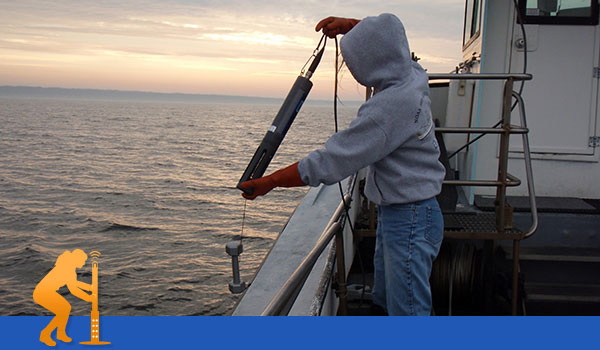
Leading the Way
YSI led the industry in the mid-1990s with the 6000 UPG, a 6.5-pound instrument with up to 120 days of battery life (or 45 days with dissolved oxygen (DO) and turbidity sensors, which require energy-intensive stirring and wiping). The 6000 could be left in-situ to measure up to 15 water quality parameters, storing up to 150,000 readings in its 256-KB internal memory chip. From a few inches of depth to 500 feet in the sea, the first multiparameter sonde allowed scientists to witness events and connect relationships in new, exciting ways.
The 6600 and 6920 sonde series introduced chlorophyll and blue-green algae sensors to the mix and when the optical DO sensor was introduced it was backward compatible with those platforms.
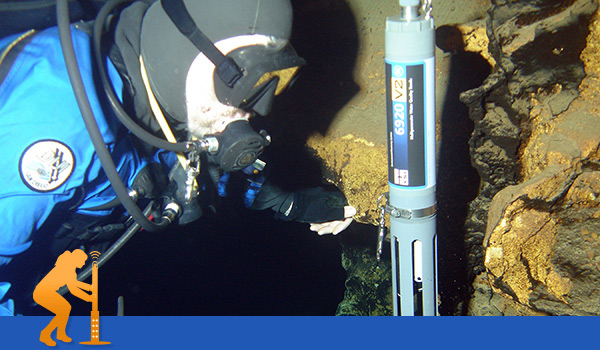
Continuous Movement toward Continuous Monitoring
An Aquatic Informatics global industry study charts a steady march toward long-term continuous water quality monitoring among water quality professionals.
In 2012, 44% of the respondents reported continuous monitoring in their primary area of coverage vs 30% discrete sampling or reading. Asked to predict the technologies they expected to be used in the future, participants described a significant drop in manual bottle sampling and a sharp rise in automatic sampling and unattended, multiparameter measurement by 2022.
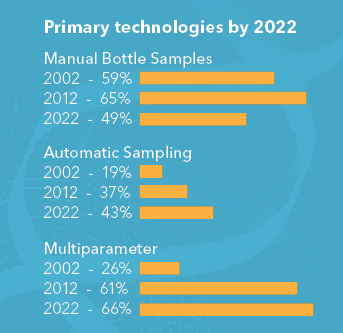
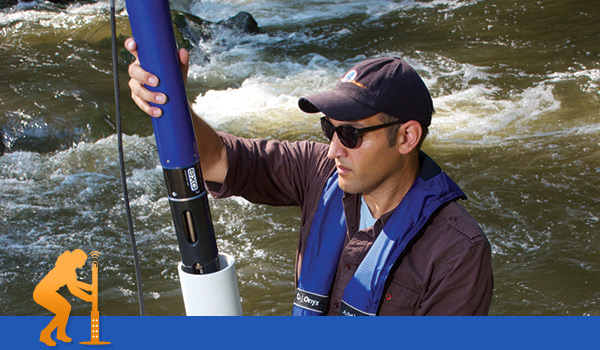
Breaking the Sonde Barrier
Fast-forward to today’s EXO Series Sondes, which have redefined multiparameter sondes with new-generation technology. Reflections of decades of customer feedback, the EXO Sondes make long-term unattended monitoring easier, and permit endless customization to meet the changing needs of today’s monitoring, research, and compliance teams. The EXO is not just a sonde, but a platform.
Instead of probe-specific ports, the EXO Sondes have uniform digital ports that accommodate any EXO sensor. Those smart sensors feature plug-and-play functionality — they identify themselves and carry their calibration specs in internal memory, so the sonde’s microprocessor immediately knows what is plugged in and how the data will arrive.
Those smart sensors also allow technicians to do all calibrations in the lab — with as many as six of the same type of sensors at a time. It also allows staff to go out into the field with pre-calibrated sensors to plug into deployed sondes, rather than having to carry entire replacement instruments. The EXO platform also allows for the advent of new sensor technology such as the NitraLED nitrate sensor for nutrient monitoring.
With EXO technology, users have no limits on which sensors they can combine. (Learn more, YSI University | EXO).
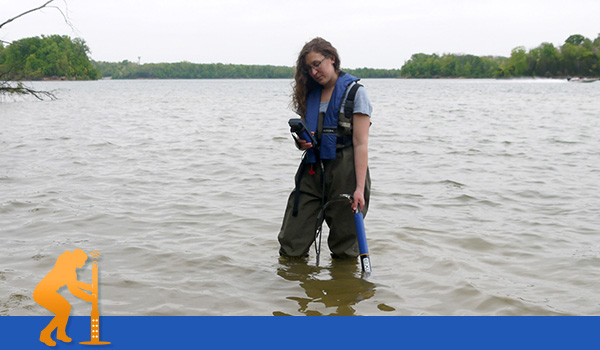
Tougher, Smarter, and Friendlier
Incremental improvements to our sonde technology have led us to where YSI is today, and many improvements are delightfully simple. Uniform sensor dimensions allowed us to simplify wet-mate connectors, and the high-impact Xenoy and welded titanium housing for the EXO is our toughest and lightest yet.
Internal memory can store up to 1 million measurements, and Bluetooth communication simplifies data collection (though a USB output for direct connection to a PC, or wired output to dataloggers and telemetry systems are also available). The EXO can be easily integrated into daisy chain monitoring systems. And our online education system, EXO University, has revolutionized training.
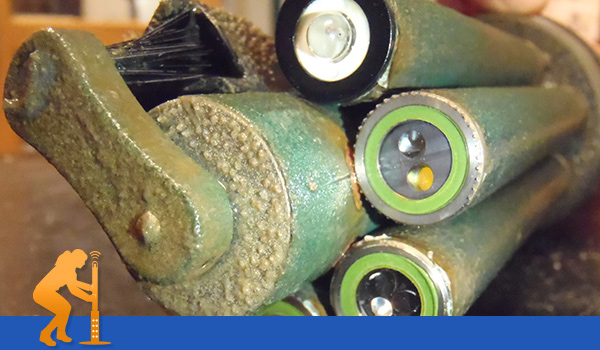
Fouling-Resistant
Copper-alloy sensor guards for our sensors chemically combat biofouling on long EXO deployments. So does our industry-leading, single-brush wiper system.
Instead of equipping each sensor with its own tiny wiper — which was a breakthrough years ago — our anti-fouling strategy has evolved. All our smart sensors for the EXO platform are specifically designed so they may be cleaned by a single, central rotating brush.
The bigger brush is coarser, so it is not only more effective at removing biofilm, mollusks, and aquatic plants, but it is also longer-lasting and easier to maintain than tiny individual-sensor pads. The single motor is more powerful than the multiple small ones it replaced, and also more energy-efficient and reliable.
In all, our single-wiper system has extended the deployment time of EXO sondes by 25 percent over older sonde models.
Read the blog post: 7 Tips to Fight Fouling and Extend Water Quality Sonde Deployments
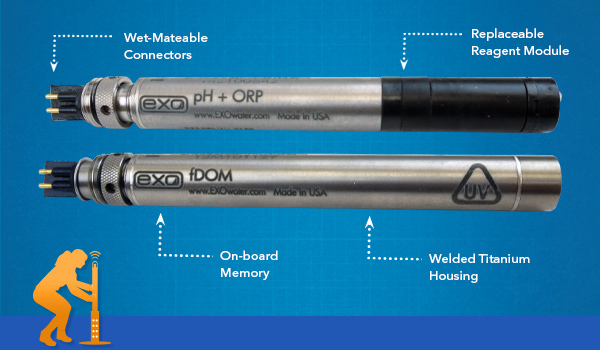
Calibration and QC Breakthroughs
Calibration has long been an exacting, time-consuming, expensive process.
Smart sensors are built with on-board memory, allowing for all calibration information and sensor settings to be self-contained within the sensor (as opposed to the sonde). Because of this fundamental change in sensor design, a whole new host of quality assurance checks could be developed to help guide users through more complicated parts of equipment setup.
“The instrument — at least with YSI products — provides real-time feedback during the most critical process, calibration and preparation,” said applications expert Mike Lizotte.
Backed by the Kor calibration software, a single staffer can quickly and efficiently calibrate all sensors in the lab, and less experienced technicians can confidently handle maintenance and sensor swaps in the field.
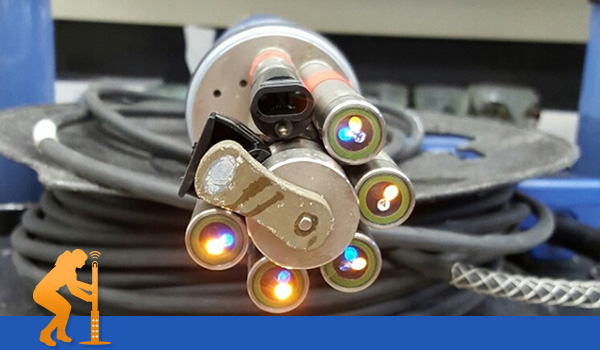
Our concurrent calibration feature allows technicians to calibrate multiple sensors of the same type at the same time, in the same cup of standard. A user could equip an EXO Sonde with sensors for a study of nutrient enrichment in a lake — with ammonium, ORP, chlorophyll, and DO, for instance — then reconfigure for a river deployment measuring dissolved oxygen, pH, fDOM, and temperature. Same sonde, same ports, same handheld datalogger — just a quick changeover of sensors and a speedy recalibration.
That adds up to substantial cost savings. In fact, YSI calculated that improvements in calibration procedures for the EXO’s smart sensors reduced the amount of standard needed to calibrate a fleet of ten sondes every six weeks by $21,513 to $62,113 per year, depending on the sensors and reagents used.
Water quality instrumentation has evolved to produce higher accuracy data and repeatable measurements while requiring less maintenance. The EXO sonde platform is the pinnacle of multiparameter water quality monitoring instrumentation. Its titanium sealed, smart sensors with wet-mate connectors eliminate any risk of interference or data loss. Its integrated SmartQC ensures top performance for consistently reliable data, and the platform's industry-leading anti-fouling wiper enables extended deployments. With the broadest range of water quality parameters, EXO sondes will meet the need of any surface water application.
